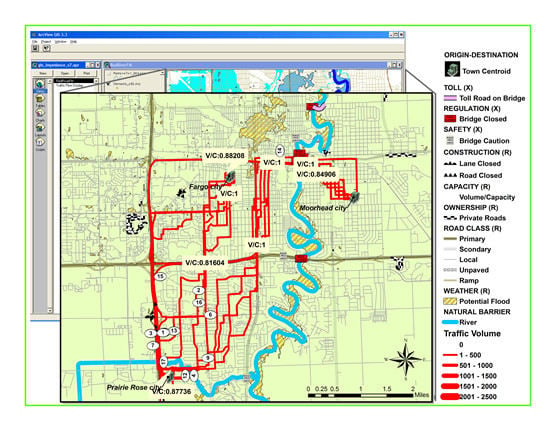Using Multi-Attribute Decision Factors for a Modified All-or-Nothing Traffic Assignment
Abstract
Share and Cite
Lee, E.; Oduor, P.G. Using Multi-Attribute Decision Factors for a Modified All-or-Nothing Traffic Assignment. ISPRS Int. J. Geo-Inf. 2015, 4, 883-899. https://doi.org/10.3390/ijgi4020883
Lee E, Oduor PG. Using Multi-Attribute Decision Factors for a Modified All-or-Nothing Traffic Assignment. ISPRS International Journal of Geo-Information. 2015; 4(2):883-899. https://doi.org/10.3390/ijgi4020883
Chicago/Turabian StyleLee, EunSu, and Peter G. Oduor. 2015. "Using Multi-Attribute Decision Factors for a Modified All-or-Nothing Traffic Assignment" ISPRS International Journal of Geo-Information 4, no. 2: 883-899. https://doi.org/10.3390/ijgi4020883
APA StyleLee, E., & Oduor, P. G. (2015). Using Multi-Attribute Decision Factors for a Modified All-or-Nothing Traffic Assignment. ISPRS International Journal of Geo-Information, 4(2), 883-899. https://doi.org/10.3390/ijgi4020883






